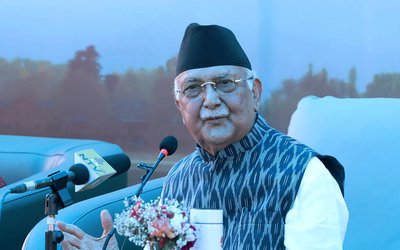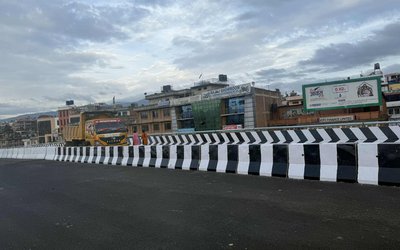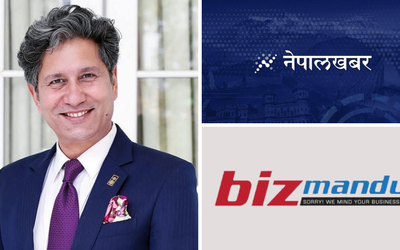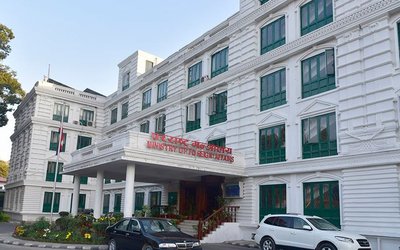More on News





The Millennium Development Goals Needs Assessment Report for Nepal 2010 comes out at a critical time, with less than four and a half years to the MDG finish line in 2015. Last year, we launched the third MDG Progress Report and this launch is yet another reflection of Nepal’s commitment to achieving the MDG targets by 2015.
I am very pleased to see the government of Nepal taking the MDGs so seriously. We note, the MDGs are prominently featured in Three-year Plan Approach and the current Three Year Plan (2010-2013). The findings and recommendations of the MDG Progress Report 2010 have helped the preparation of both documents. This is clear from the fact that many of the indicators selected for the Three Year Plan’s targets are in fact MDG indicators as well.
I was also pleased that the exercise behind preparing this Report that involved identifying appropriate interventions to meet the MDG goals across sectors and calculating the associated costs, has also contributed to the development of the Three-Year Plan 2010/11-2012/2013.
As we saw from the MDG progress report last year, Nepal has made significant progress on a number of the Millennium Development Goals over the past years. Nepal is on the track to achieve many of the targets, except those related to full and sustained employment, hunger, education and environment. The preliminary results of the third National Living Standard Survey have also, we understand, shown that Nepal has significantly improved in many areas including average household income and per capita income. We look forward to seeing those results in more detail in due course. This achievement is nothing short of extraordinary given the country’s post-conflict status and the country’s difficult political and economic environment.
While the progress in the indicators at the national, aggregated level are impressive, as always, we cannot lose sight of what lies beneath. We need to continue to dig deeper to see if these positive changes are equitable across regions, ethnic groups, and gender. We are yet to see if the significant rise in average household income has also gone to reduce inequality. In other words, is the gap between the rich and the poor getting bigger or is it narrowing?
There are goals and targets that will only be reached with an increased, sustained effort from all involved. Does Nepal have what it takes to successfully reach the MDG 2015 finish line? We know what is needed to have actions translated into results: sound policies that are given continuity from one year to the next, resources directed to the right interventions and communities, and effective coordination between all concerned agencies and development actors.
This report is another step in the right direction. It tells us that interventions are needed to achieve the MDGs by 2015 and how much resources are needed per year between 2011 and 2015. The total resources needed is calculated to be 19.7 billion US$ out of which 6.4 billion US$ or about one third is yet to be identified. A massive task that requires strong leadership from the government.
I hope that this report will be utilized by the government to ensure that annual plans and budgets are designed with a focus on the milestones we need to achieve yearly to reach the MDGs by 2015. And that it will be utilized to re-energize the global debate and efforts towards the MDGs. It stands as a powerful reminder to development partners of their commitment to support the MDGs and to support Nepal.
(Robert Piper is UN Resident and Humanitarian Coordinator. This is the excerpt of the statement delivered by Piper at the launch of the MDG Needs Assessment For Nepal 2010.)





